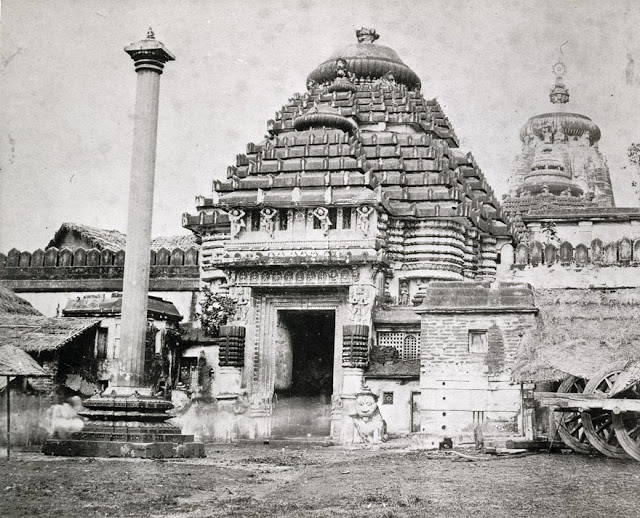
By Anil Dhir
The Lord’s Rath Yatra went off without a hitch. There was a repeat performance of the buildup of a huge crescendo, the indiscipline and power game and the crass and demeaning behavior of temple servitors.
In the current scenario, where the authority of the Jagadguru Sankaracharya and the Gajapati Maharaj was challenged by a class or servitors, who cocked a snook to the orders of the High Court and the Temple Administrator, a historical perspective of the sheer opportunism of the Pandas of the Jagannath Temple needs to be examined.
The Governor General, Marquis of Wellesley, had sent Lt. Col. Campbell, the Commander of the Southern forces, to capture Puri. It took the East India Company soldiers just fourteen days to conquer Odisha. The entire province was subjugated from the 3rd to the 18th September 1803. Wellesley was aware of the sanctity of the temple and had given strict instructions, “You will understand that no part of the property, treasure or valuable article of any kind contained in the pagoda of Jagannath or in the religious office or possessed by any of the priests and Brahmins or persons of any description attached to the Tempe is to be considered prize to the army. All such property must be considered as consecrated to religious use by the customs or prejudices of the Hindus. No account is to be taken of any such property nor any person be allowed to enter the pagoda or sacred buildings without the express desire of the Brahmins.”
When the British troops entered Puri on the 18th of September, they found no resistance. The Marahattas had fled; the local population cowered in their homes. The Company troops set up camp two miles away from the temple. For two days, Campbell stayed put, on the morning of the third day he saw a big crowd of people coming towards the Camp. The British troops took up battle stations, but as the crowd came nearer, they saw that it was a delegation of Pandas.
Campbell writes : “The Brahmins at the holy temple had consulted and applied to Juggernaut to inform them what power was now to have his temple under its protection, and that he [Jagannath] had given a decided answer that the English Government was in future to be his guardian.” The cowardly Pandas practically gave Campbell the keys to the temple and even invited him to visit the shrine. However Campbell adhered to Wellesley’s advice. The Governor General had instructed:
“On your arrival at Jagannath you will employ every possible precaution to preserve the respect due to the Pagoda and the religious prejudices of the Brahmins and pilgrims. You will furnish the Brahmins with such guards as shall afford perfect security to their persons, rites and ceremonies and to the sanctity of the religious edifices and you will strictly enjoin those under your command to observe your orders of this important subject with utmost degree of accuracy and vigilance. No person should enter into the pagoda without the desire of the Brahmins.”
“You shall assure the Brahmins at the Pagoda of Jagannath that they will not be required to pay other revenue or tribute to the British government than that which they have been in the habit of paying the to the Marathas and that they will be protected in the exercise of their religious duties.”
Wellesley was well aware of the greedy Pandas and wrote: “The Brahmins are supposed to derive considerable profits from the duties levied on the pilgrims. It will not therefore be advisable at the present moment to interrupt the system which prevails for the collection of those duties. “
Walter Hamilton’s East Indian Gazetteer (1828) states that the “possession was accordingly taken of the town and the temple on 18th September 1803, the sacred will of the idol having first ascertained through the medium of the officiating priests.” John Melville, the Commissioner of Orissa, wrote to Wellesley that he had used Jagganath’s answer” as a device to win over the Brahmins. William Hunter’s account of Puri (1877) says: “a deputation of Brahmins accordingly came into the camp, and placed the temple under his (Commanding Officer) protection without a blow being struck.”
The facts of the British victory in Puri are too embarrassing to place in history. The sacred shrine came under the enemy occupation voluntarily and unconditionally, on the supposed oracle of Lord Jagannath.
This was the beginning of the saga of joint management of the greedy experiment of the mercantile west and the spiritual east. From then onwards, the Pandas and the East India Company jointly taxed the pilgrims of Lord Jagannath and earned lakhs of rupees. Pandas were sent upcountry to solicit pilgrims to come to Puri; the collections were split among the Company and the Pandas. The Jazia tax, imposed during the Muslim rule, was replicated.
The Pandas, along with the Company officials indulged in caste prejudice, discrimination and inequality. Several regulations were passed by the East India Company to degrade the people. In 1806, the Superintendence of the temple was vested in an assembly of three Pundits. In 1809 the assembly of Pundits was abolished, and the management was transferred to the Raja of Khurda (now known as the Puri Gajapati), who was appointed as hereditary superintendent of the temple subject to the control and supervision of the British Government. With a view to give up all connections with the management of a Hindu shrine, the Bristishers, in 1840, vested the Raja of Puri with full and absolute authority in the management of the temple and its property, and in the same year abolished the pilgrim tax. But to ensure adequate finances for the shrine the Company made huge endowments to Lord Jagannath to defray the expenses.
Today, the Pandas of Puri are the most infamous and intimidating amongst all Hindu shrines. For the devout pilgrims, a visit to the temple is a spiritually fulfilling, but the behaviour and squalor they face leaves a bad taste in the mouth. The famous Bada Danda towards the temple is liberally strewn with bulls and beggars.
The Pandas fleece the pilgrims, the haggling and hectoring can be very discouraging. There have been many instances of rude priests scuffling for money and even engaging in fisticuffs with devotees.
Complaints to the temple administration and police go in vain. If there can be discipline at Vaishno Devi and Tirupati, why not at Jagannath temple?

 Rajasthan: Woman found hanging at a beauty parlour, Arshad, 3 others booked
Rajasthan: Woman found hanging at a beauty parlour, Arshad, 3 others booked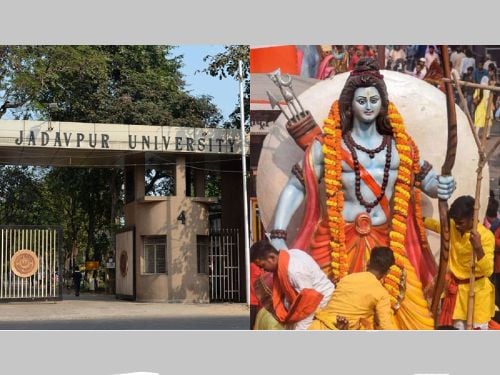 Jadavpur Univ revokes permission to celebrate Ram Navami on campus after granting it
Jadavpur Univ revokes permission to celebrate Ram Navami on campus after granting it Andhra Pradesh: Farooq kills mentally challenged Hindu man for insurance money
Andhra Pradesh: Farooq kills mentally challenged Hindu man for insurance money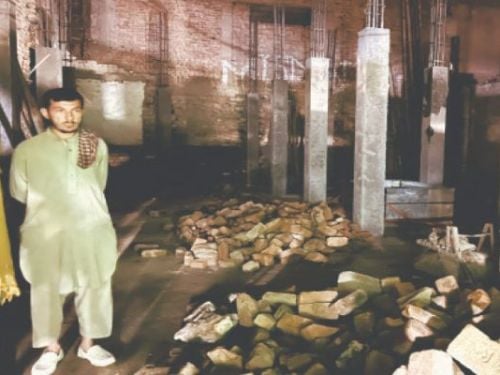 Pakistan: Ancient Hindu temple in Khyber Pakhtunkhwa demolished for commercial complex
Pakistan: Ancient Hindu temple in Khyber Pakhtunkhwa demolished for commercial complex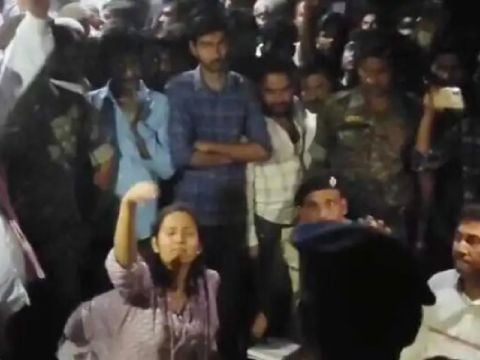 Bihar: Goddess Bhagavati Temple in Araria vandalised and deities damaged
Bihar: Goddess Bhagavati Temple in Araria vandalised and deities damaged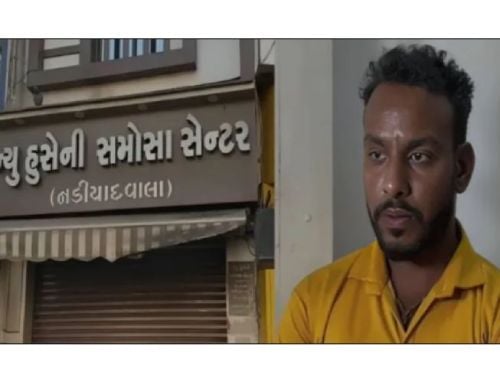 Vadodara: Beef supplier Imran Qureshi arrested in beef-stuffed samosa case
Vadodara: Beef supplier Imran Qureshi arrested in beef-stuffed samosa case